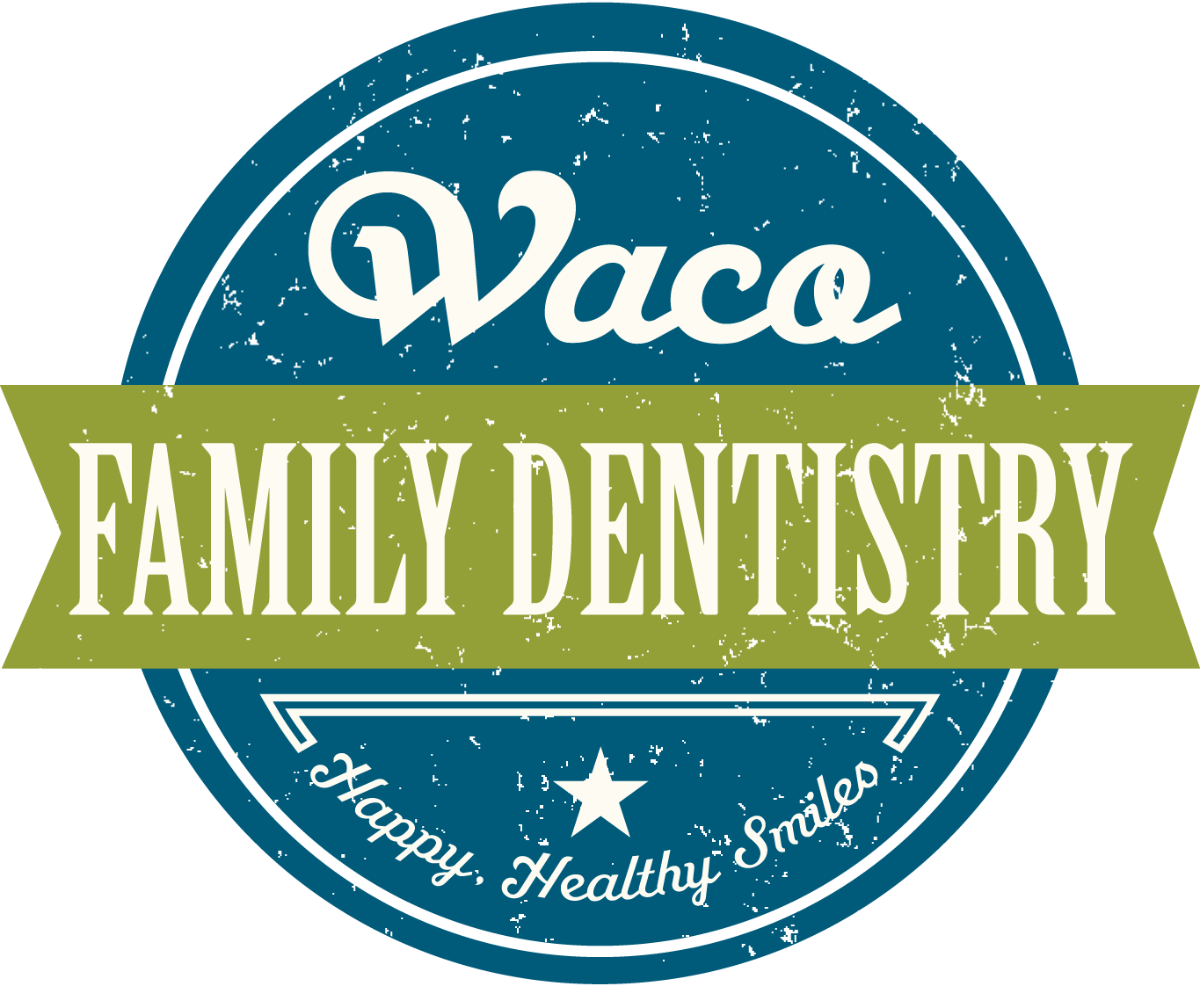Information Following a Crown or Bridge Procedure
Congratulations! You just made an excellent choice to insure the health and function of your teeth for years to come!
Temporary Crowns
You have just received a temporary restoration that will serve you for a short period of time while your permanent crown is being made. This will protect the tooth and holds the tooth in position so the permanent crown will fit properly.
Temporaries are not strong. They may break or come off occasionally. If so, slip it back on the tooth with some denture adhesive or Vaseline and call us for an appointment. Please do not leave the temporary out of your mouth because the teeth may move and the final restoration may not fit. You may brush around the temporary but do not floss around it. If you forget and floss a temporary, pull the floss out through the side. Try to avoid hard or sticky foods while wearing your temporary.
The size, shape and color of your temporary does not resemble the final restoration.
Temporary restorations may leak saliva or food onto the tooth. Sensitivity to hot, cold, pressure or sweets is not uncommon. If you feel your bite is not correctly balanced please call for an appointment for a simple adjustment.
Permanent Crowns
After the final cementation of your restoration, it may take a few days to get used to the new crown or bridge. Hot and cold sensitivity is possible for a few weeks and may even last a few months. As with the temporary, if the bite doesn’t feel balanced please call us so we can adjust it.
There are circumstances due to fracturing of tooth structure or decay in close proximity to the nerve of a tooth where further treatment may be required if sensitivity worsens over time. Please call us with any concerns so that we may ascertain whether or not the sensitivity you are experiencing is typical or not.
Do not chew hard or sticky foods for 24 hours from the time your new restoration was cemented. The cement must set up during this time to have optimum strength.
Proper brushing, flossing and regular 6 month (minimal) cleanings are required to help you retain your final restoration. The only area that a crowned tooth can decay is at the edge of the crown at the gumline. Often, small problems that develop around the restorations can be found at an early stage and corrected easily, but waiting for a longer time may require redoing the entire restoration.
A word about Porcelain: Just like our natural teeth can chip with wear and tear, so can the porcelain that allows our crowns to look like natural teeth. Often when porcelain chips it just requires a little smoothing and doesn’t typically affect the function of the restoration. However, if it breaks to the point of not sealing the tooth properly, or allows food to pack in between the teeth, then a new crown will be necessary.


